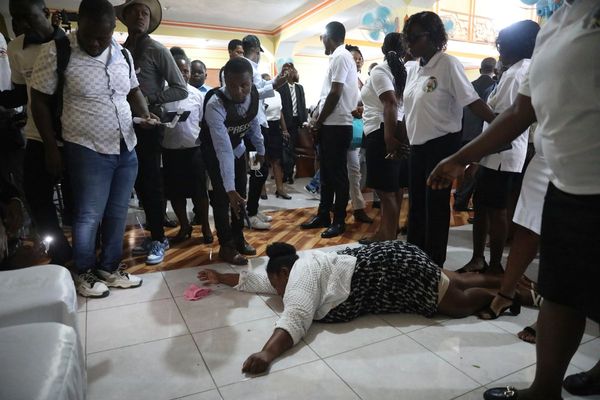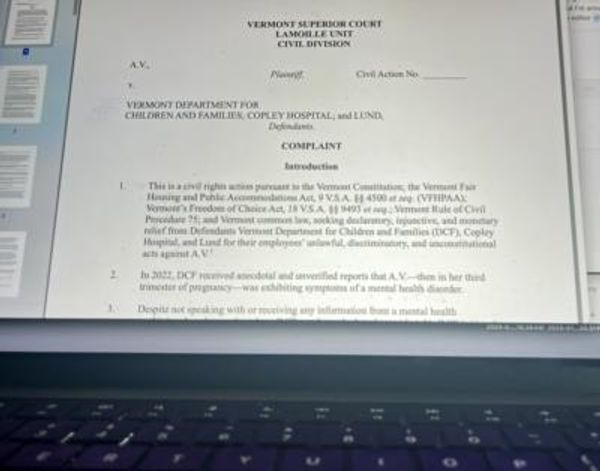
Vaccine hesitancy has been used as an excuse to mask international failures in the Covid-19 response, campaigners claim.
The pandemic’s true impact on low- and middle-income countries is not known because of a lack of testing capacity, especially in rural areas, a new report by health consultancy Matahari Global Solutions says.
Covering 14 countries, the research found that unpredictable vaccine supplies, lack of antiviral treatments and poor funding for health systems led to low vaccination rates and limited the ability to treat patients.
Maaza Seyoum, of the People’s Vaccine Alliance, which helped to produce the report, said people had been failed by a system geared towards wealthy countries.
“People in the global south have been abandoned. Their lives have been treated as an afterthought. Local populations are expected to shoulder blame and be grateful for what vaccines they do receive, when there has been little effort to meet their needs. It is yet more evidence of the systemic racism that has plagued the global response to Covid-19,” said Seyoum.
The World Health Organization set a target for 70% of the global population to be vaccinated by mid-2022, but while rich countries quickly bought up supplies and vaccinated most of their populations, targets fell far short elsewhere.
“Throughout this pandemic, low vaccination rates in lower-income countries have been conveniently dismissed as the result of ‘vaccine hesitancy’. Our report finds this allegation to be false,” said Dr Fifa A Rahman, principal consultant at Matahari.
“People face a litany of barriers to accessing Covid-19 vaccines and treatments – from undersupply of vaccines and treatments, to underfunding of health systems, and poor adaptation to local needs. These are issues of equity.”
The report said that countries faced a range of challenges in rolling out vaccines, including a lack of refrigerated storage for doses, problems in transporting doses, insecurity and not being informed in advance about vaccine deliveries.
“Ninety per cent of vaccines received as of 31 December 2021 were administered. In 2021, countries like Somalia had difficulty with the predictable supply of vaccines. It is not about the inability of the country to vaccinate people – it was supply issues. That narrative needs to change,” said the WHO’s representative for Somalia, Dr Mamunur Rahman Malik.
Similarly, Dr Saeed Mohamood from the health ministry in Somaliland said the country was sometimes only informed of vaccine shipments as they were being delivered and were not given expiry dates.
The report also noted a lack of testing capacity and availability of newly developed antivirals and oxygen, and said health workers were often unpaid.
According to the study, there were also problems in reaching rural populations or people displaced by conflict because of a lack of facilities.

Malik said mobile testing in Somalia was key because scarce health workers could reach more people and administer rapid tests.
Many health workers interviewed in the report placed similar emphasis on mobile facilities as well as the need for rapid testing over PCR tests, which in some countries took up to two weeks before results could be returned.
Nadia Rafif, advocacy lead for the International Treatment Preparedness Coalition, which co-produced the report, said pharmaceutical companies had to improve their services in lower-income countries and allow them to produce supplies locally.
“Investing in more pharmaceutical manufacturing in lower-income countries and maximising the use of the existing public health safeguards such as the Trips flexibilities could improve reliability of access to vaccines and treatments,” said Rafif. “It could also go some way to countering the distrust of western medical products that exists in some parts due to pharma greed, health nationalism, and a legacy of colonial oppression and racist medical experiments.”







